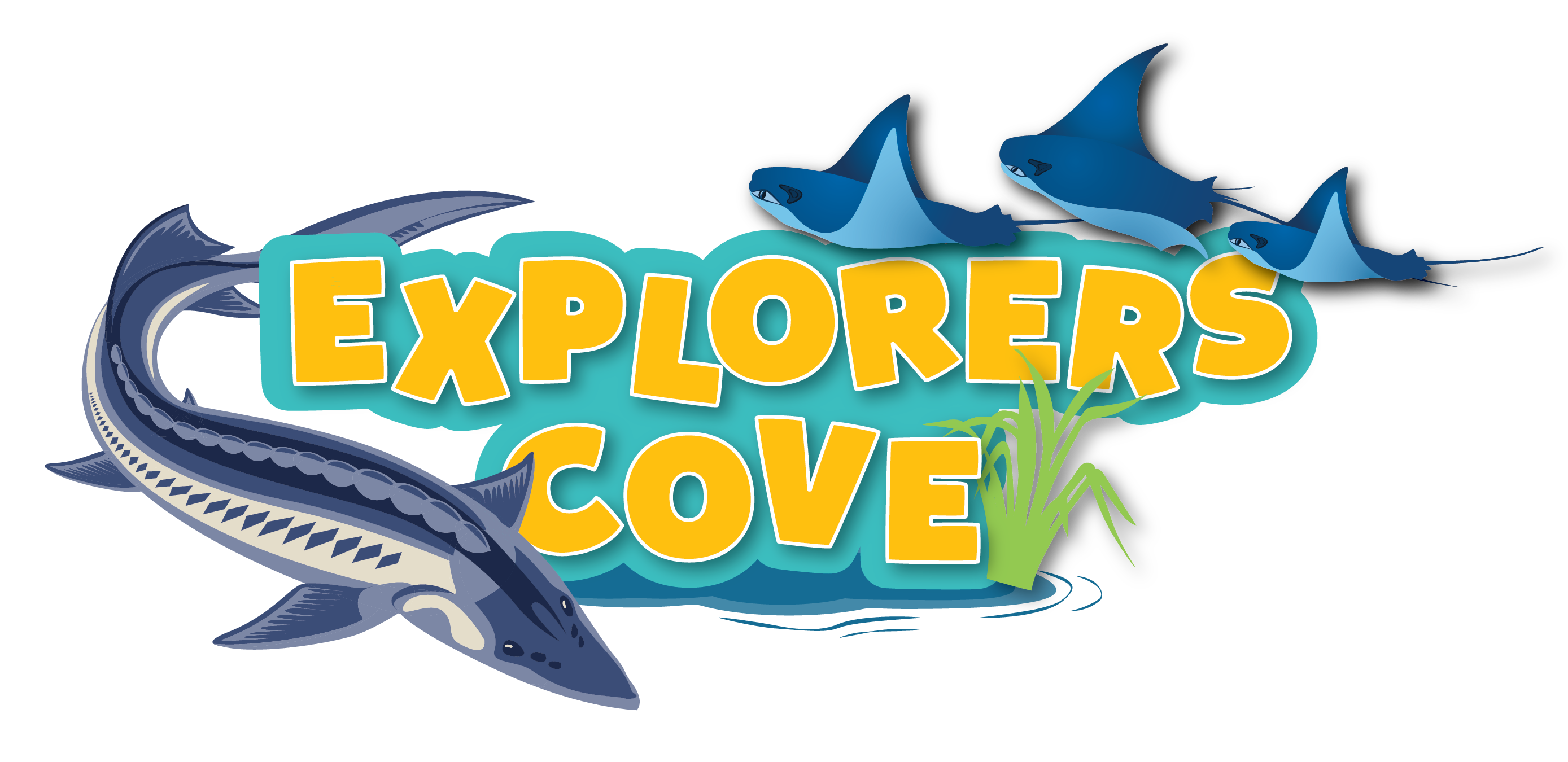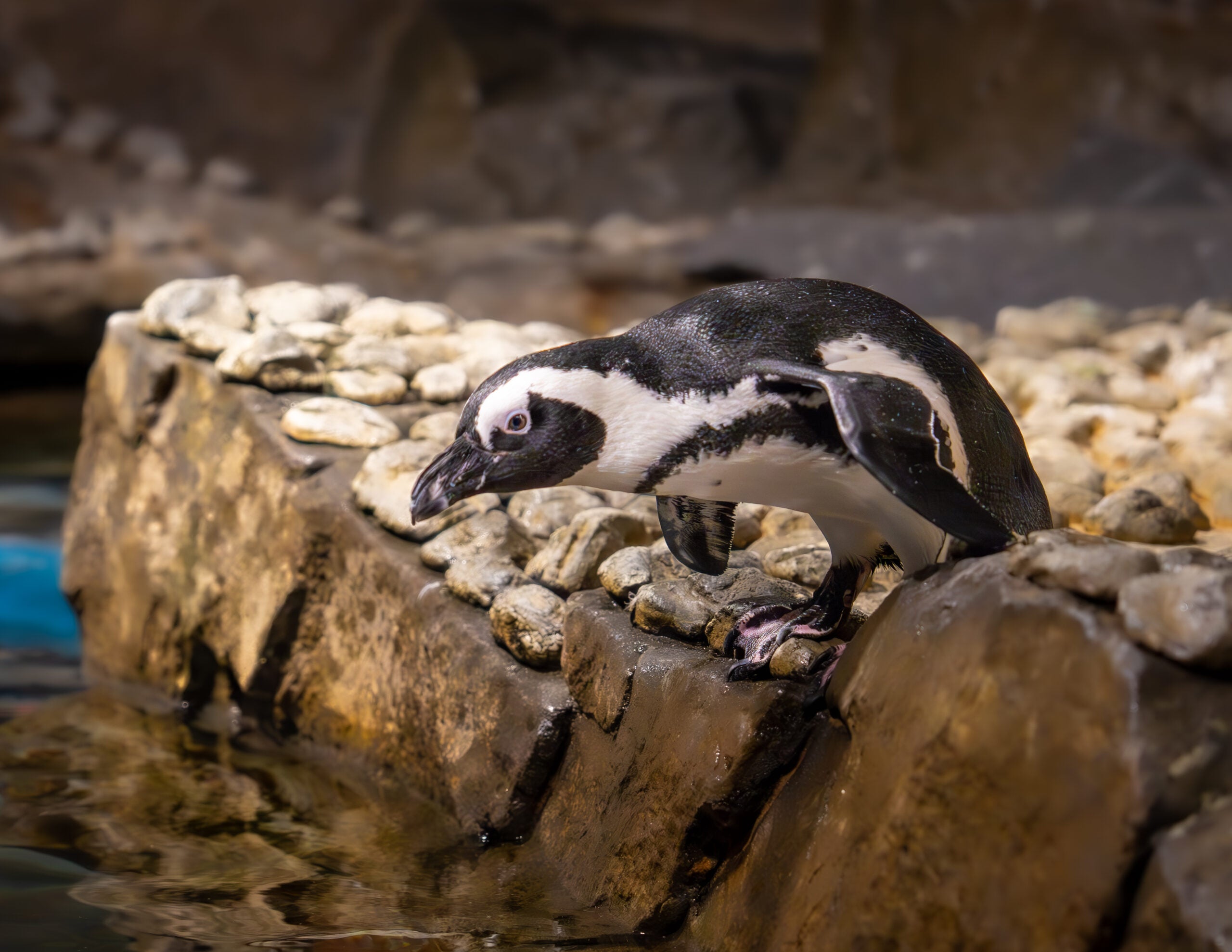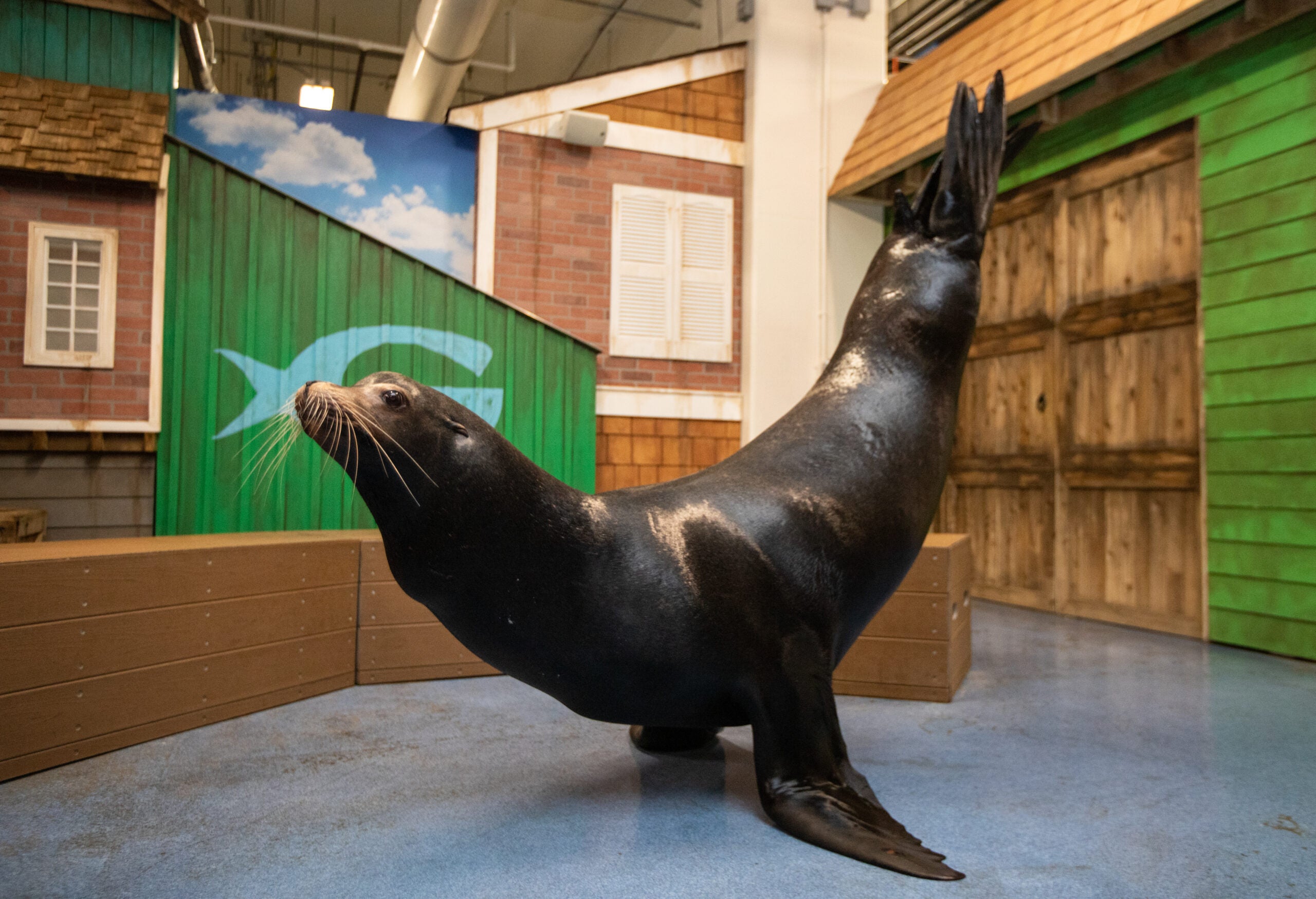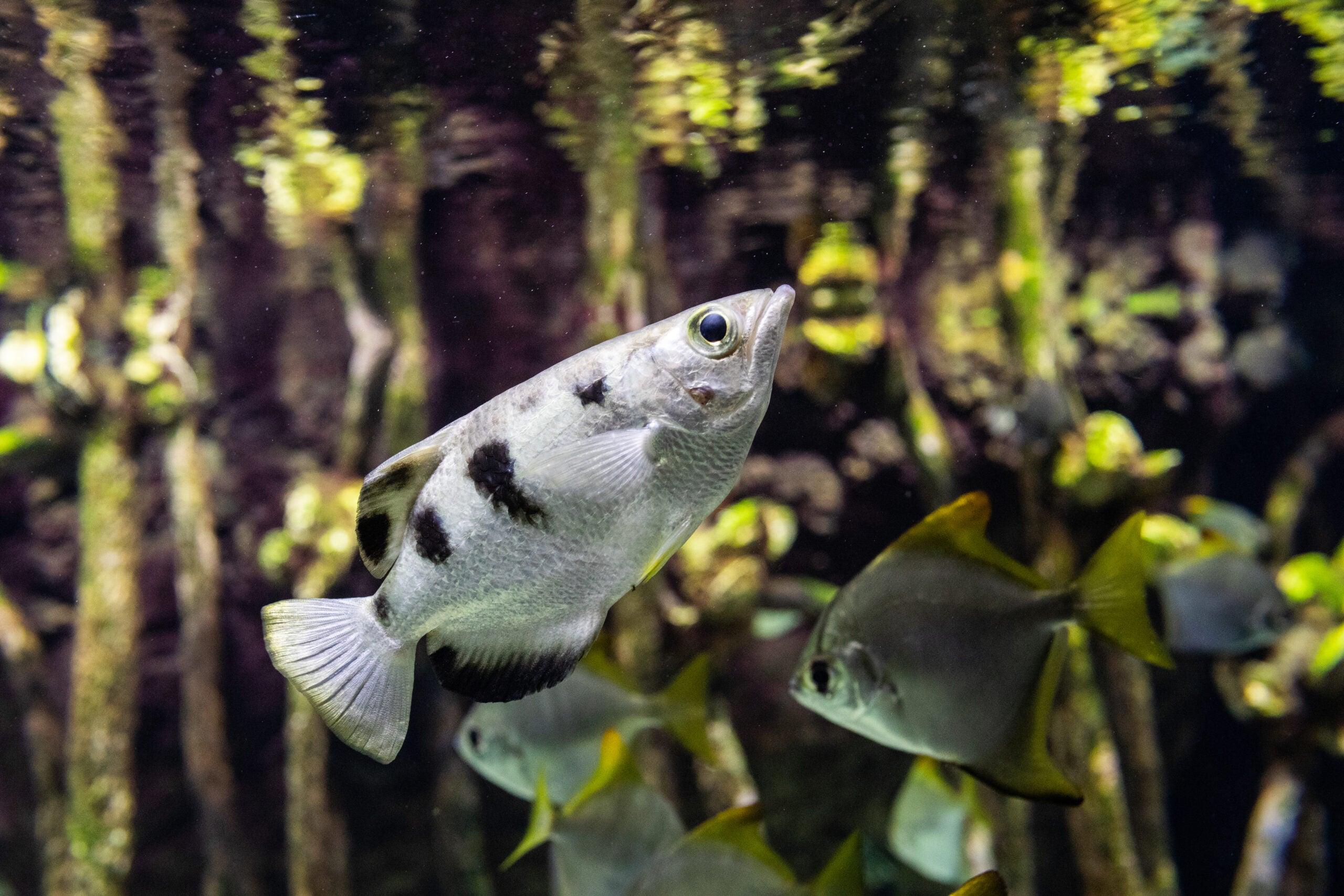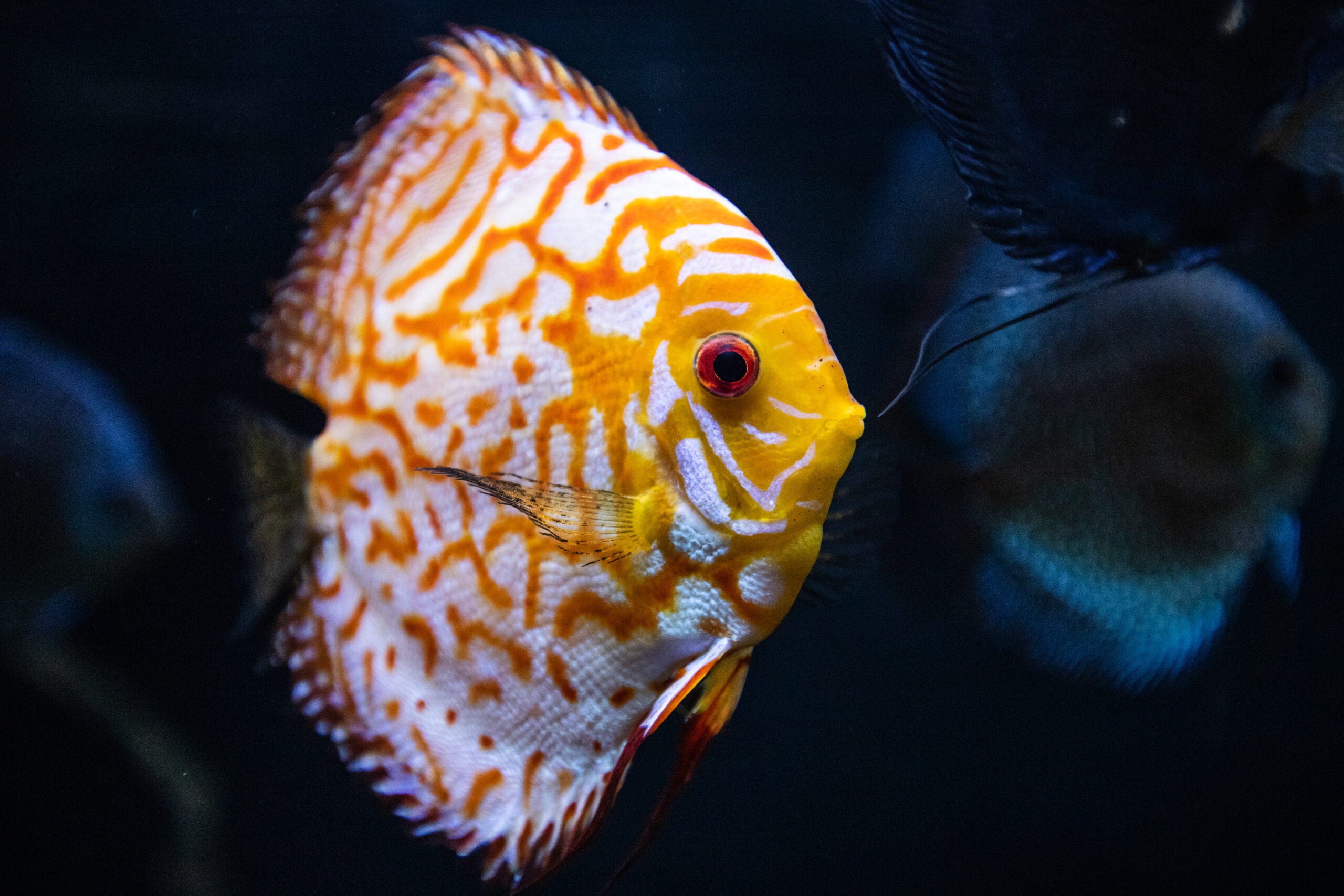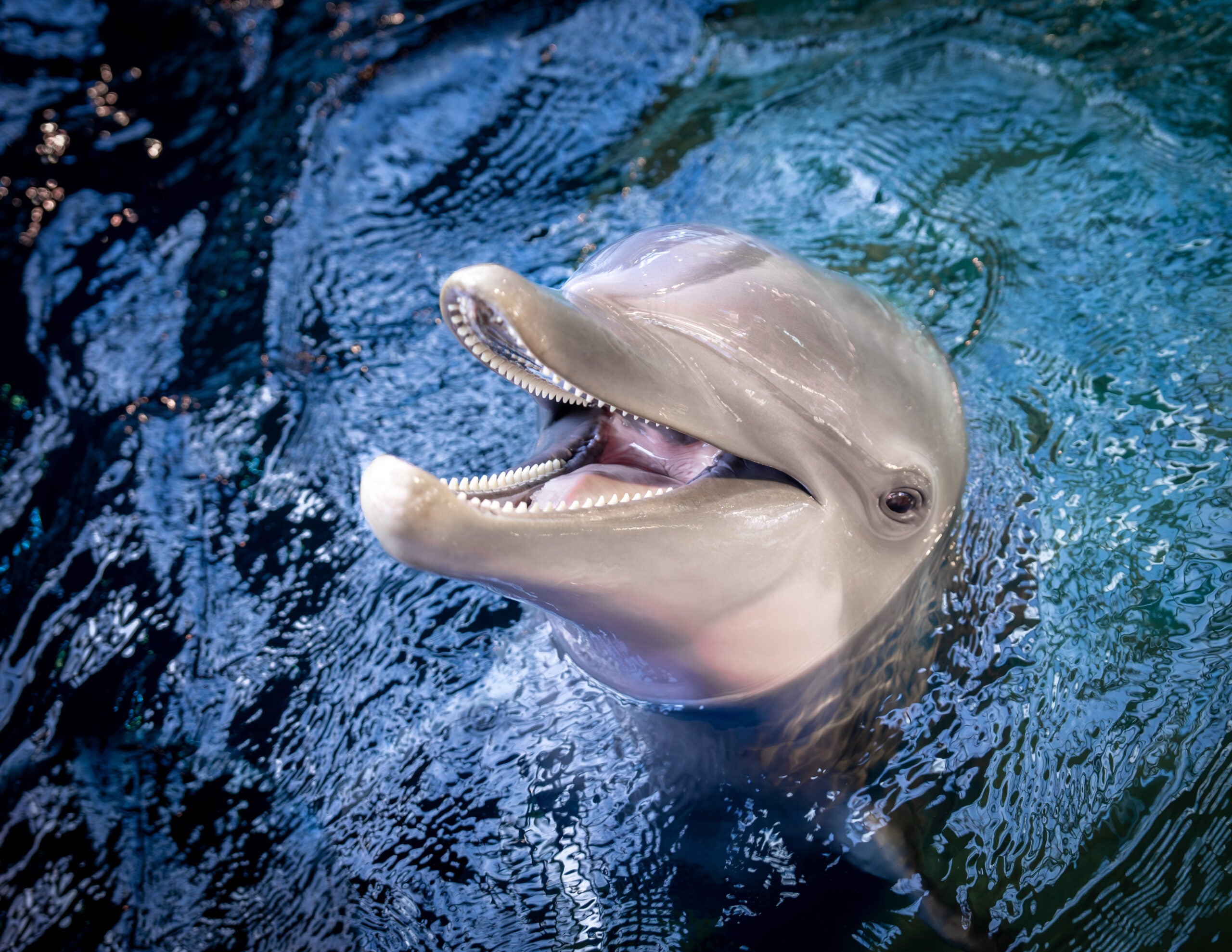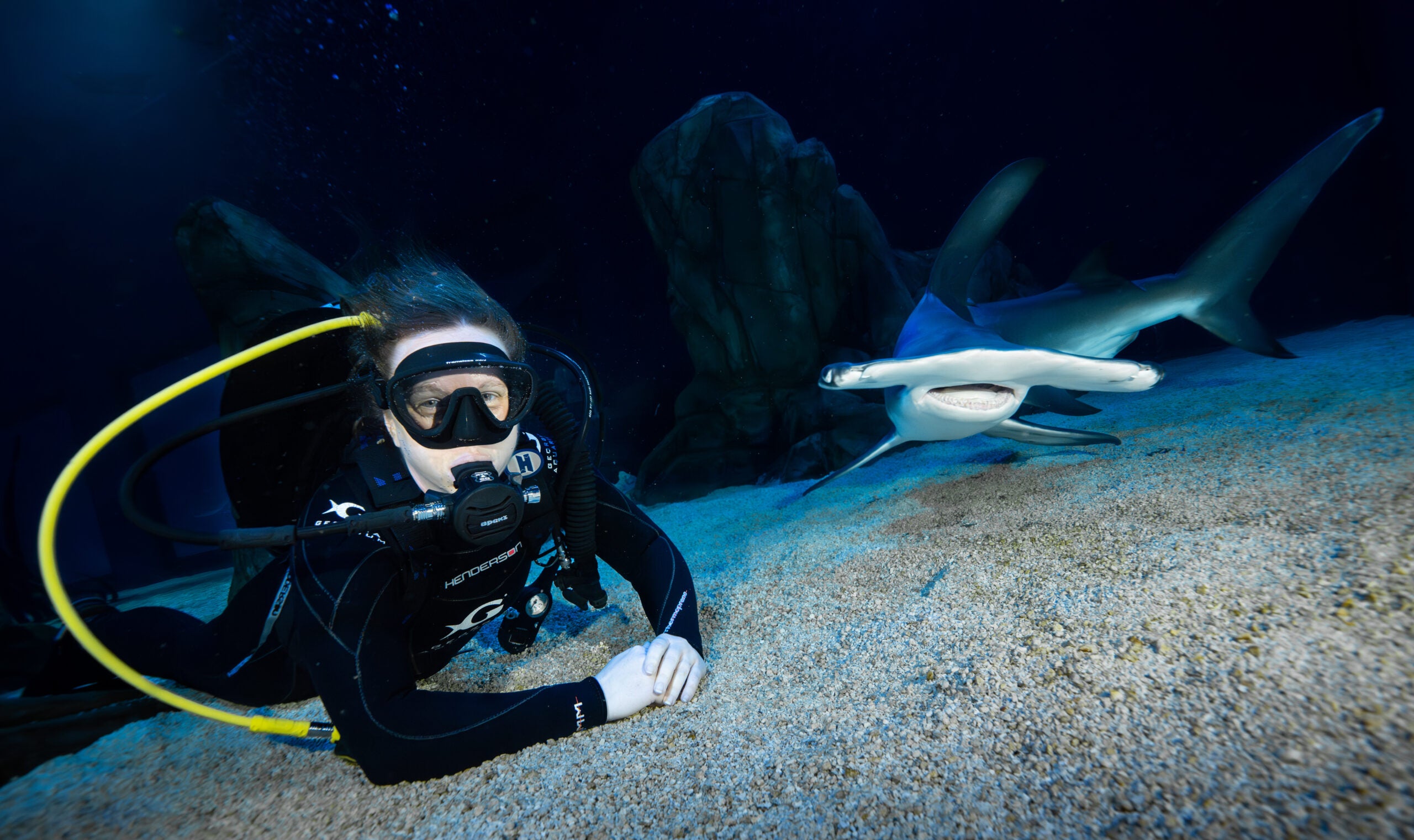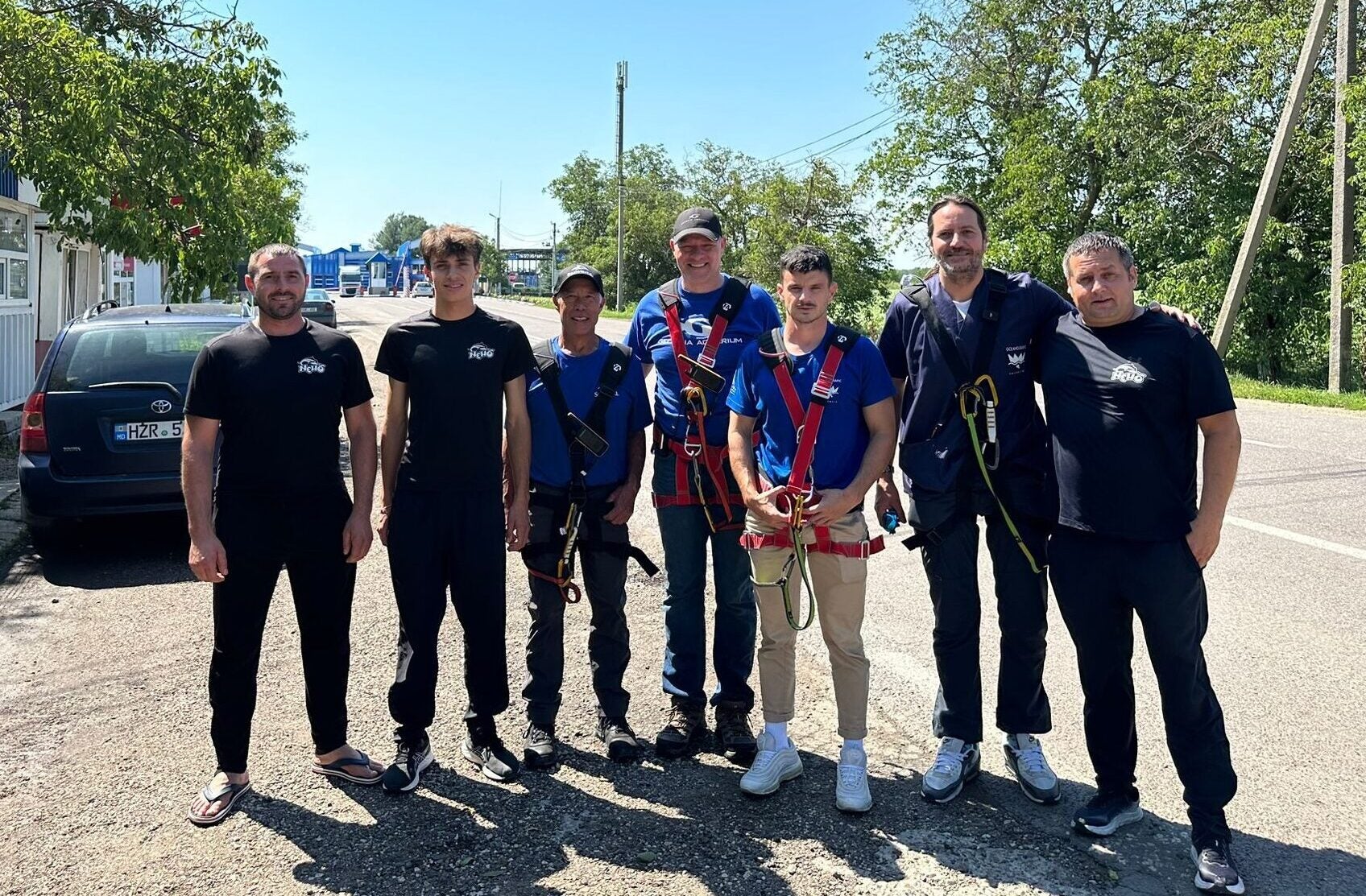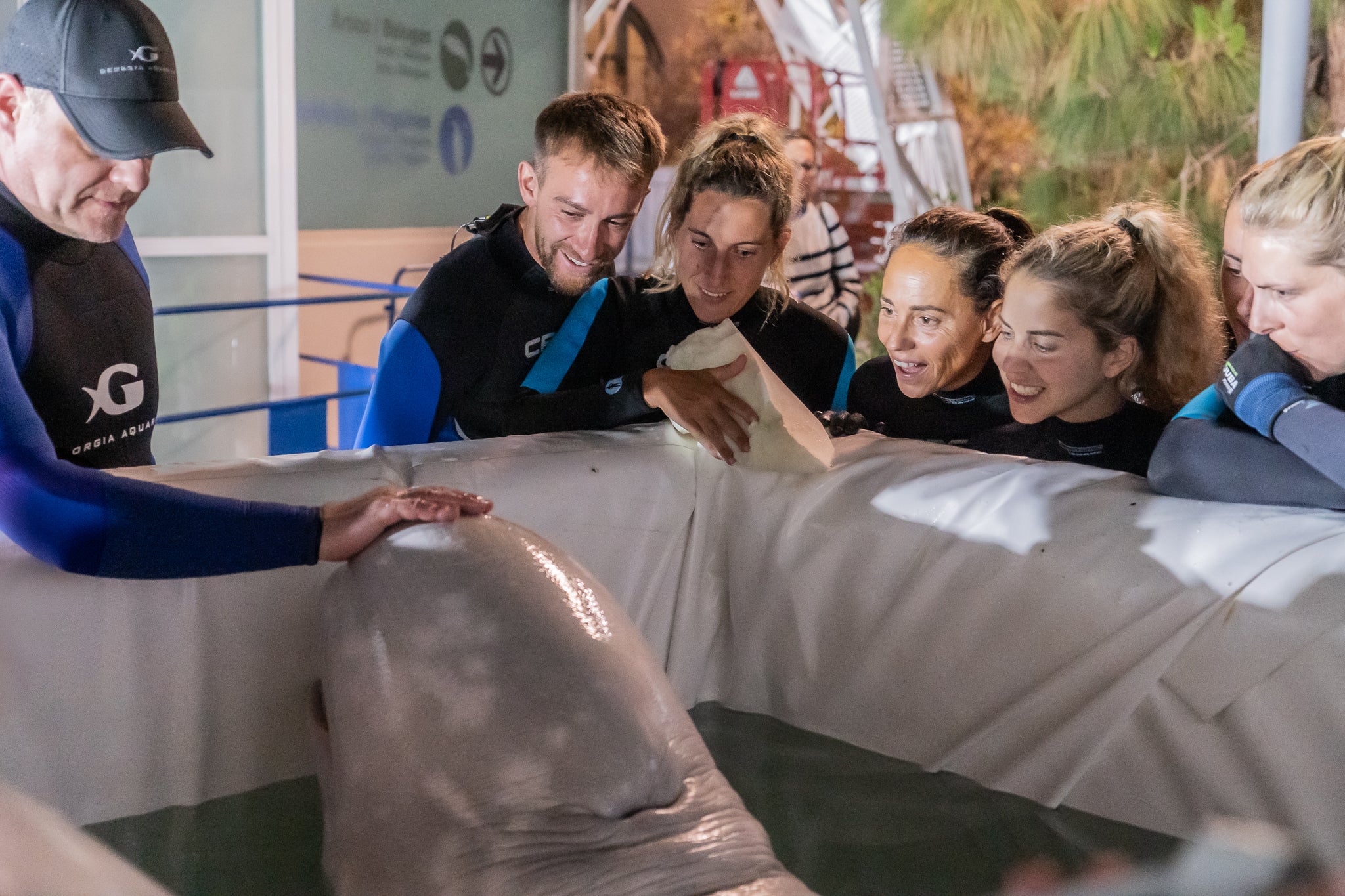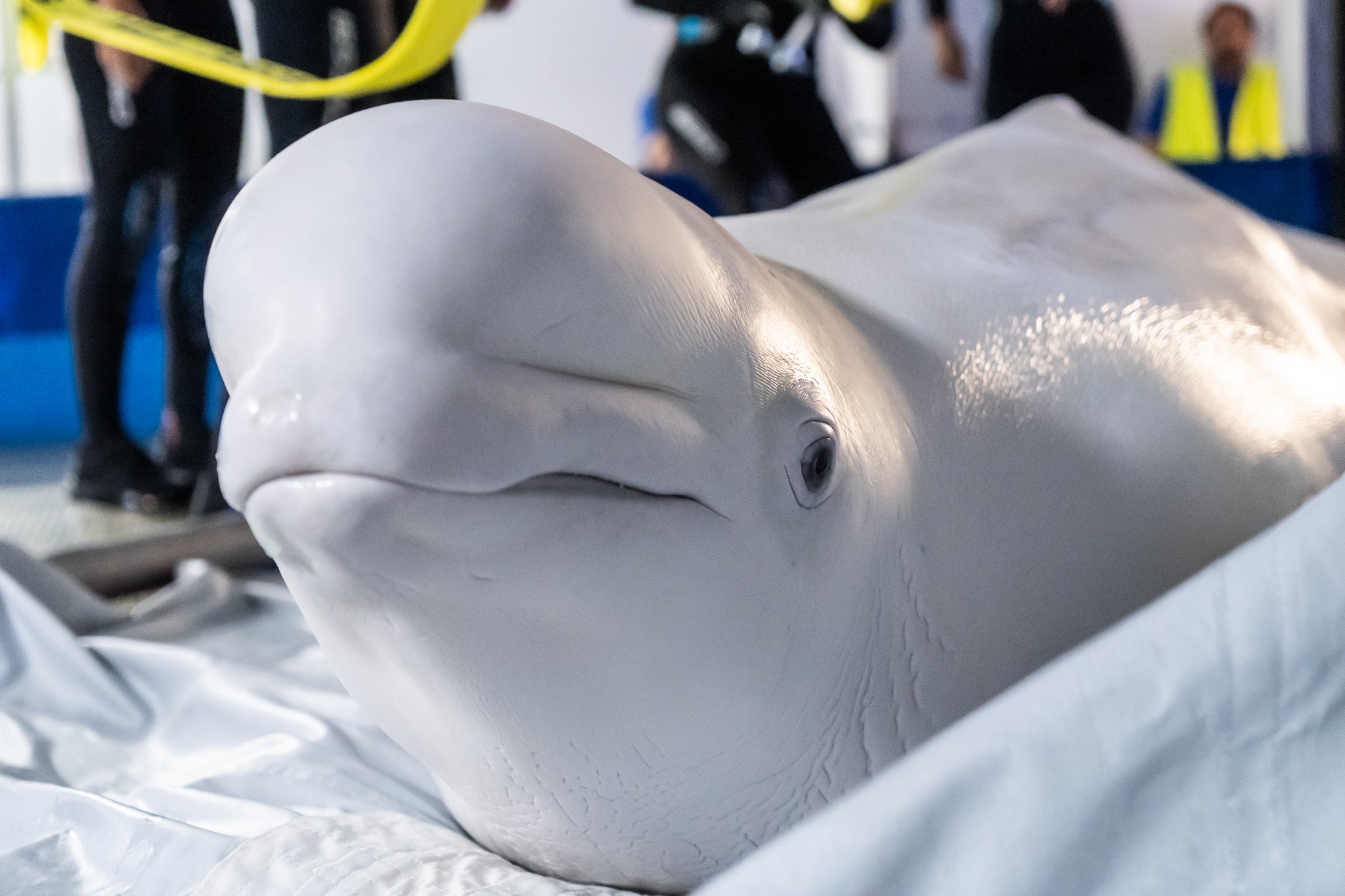At Georgia Aquarium, conservation and rehabilitation efforts extend far beyond the walls of our exhibits. This commitment was recently put into action when we partnered with the Alaska SeaLife Center to help care for an abandoned walrus calf that needed immediate, specialized attention.
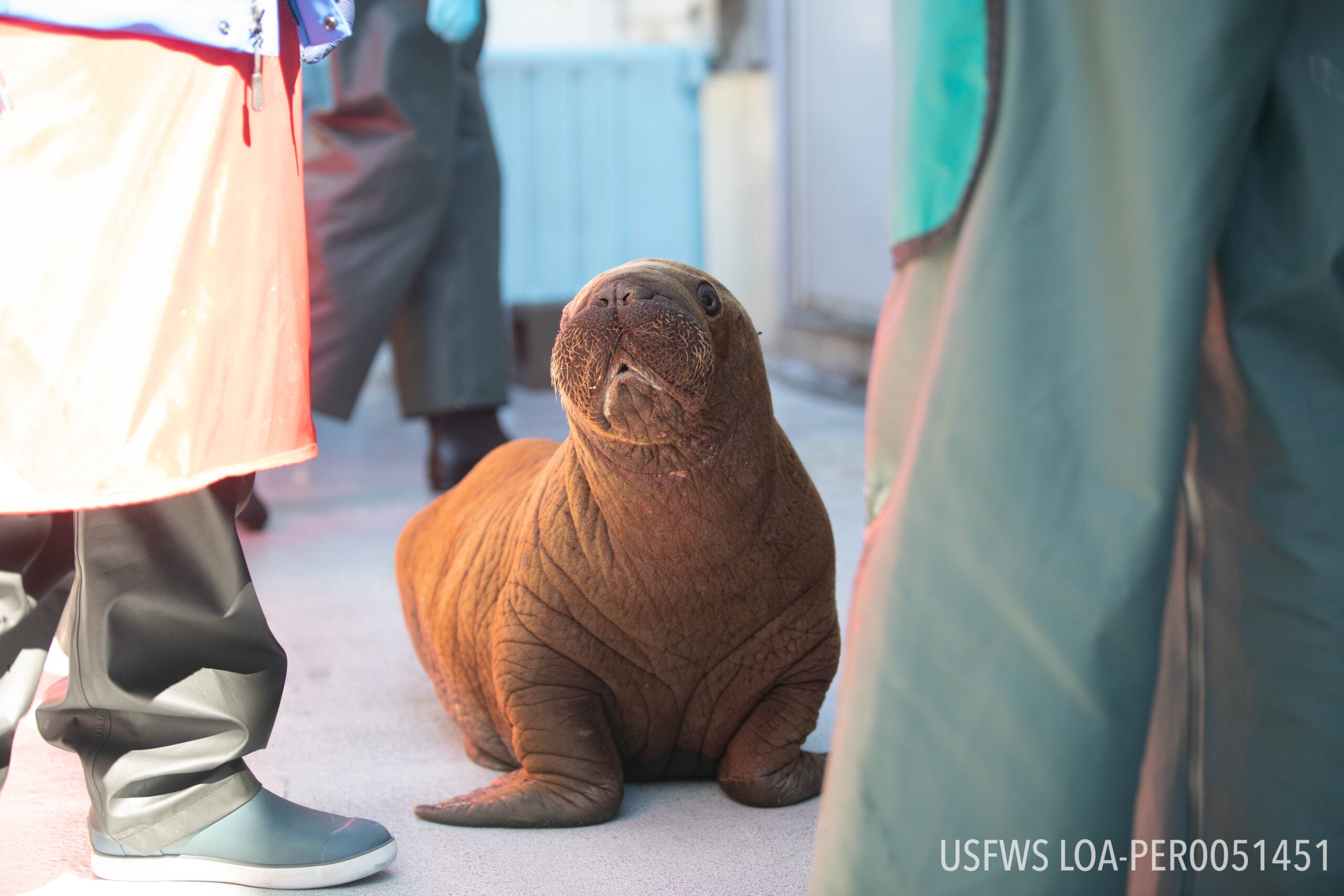 A Calf in Need
A Calf in Need
Earlier this summer, the Alaska SeaLife Center (ASLC) was alerted to a walrus calf in distress, stranded without its mother, and in need of urgent care. The calf, estimated to be just a few weeks old, was dehydrated and underweight, requiring round-the-clock attention from the ASLC team. Walrus calves, who typically remain with their mothers for up to five years, are particularly vulnerable when orphaned. Their survival depends on specialized 24/7 care.
Pacific walruses are a highly social species, often found in tightly huddled herds, lying in direct contact with one another. Because of this social need, the rehabilitation team must offer 24/7 companionship and contact while also providing intensive health support. This kind of care and need for close contact with humans means that any orphaned walrus calf admitted to rehabilitation will not be a candidate for release. However, they will continue to receive incredible care and serve as an important ambassador for their species, raising awareness about the challenges faced by Pacific walruses and the ecosystems they live in.
Recognizing the need for additional hands-on expertise, ASLC contacted its network of partners, including Georgia Aquarium.
Georgia Aquarium’s Role
As a key partner in wildlife rehabilitation efforts, Georgia Aquarium was eager to assist. Our team has worked closely with the ASLC in the past, and this case was no different. We provided resources and expertise, ensuring that the calf received the best possible care. The partnership between Georgia Aquarium and the ASLC is based on a shared commitment to protect marine species, particularly those in dire situations like this young walrus.
Over the past few months, several of our animal care staff made the trip from Georgia to Alaska to help care for the walrus calf around the clock. Our team helped to create and follow a personalized care plan, which included bottle feedings of a formula mimicking walrus milk, enrichment activities to stimulate her development, and regular health check-ups.
“Uki is such an incredible walrus and serves as an important ambassador for her counterparts,” said Jaclyn Andrews, assistant trainer at Georgia Aquarium. “My favorite part about helping with Uki’s intensive, round-the-clock rehabilitation would be acting as her surrogate, preparing and feeding her bottles, and building a relationship with her. Seeing her seek me out for physical comfort (walrus snuggles) was a rewarding experience. I am forever grateful to be a part of her amazing story.”
This type of collaboration is critical in the world of wildlife rehabilitation. Sharing knowledge and support can have a huge impact on animal welfare in current and future rehabilitation.
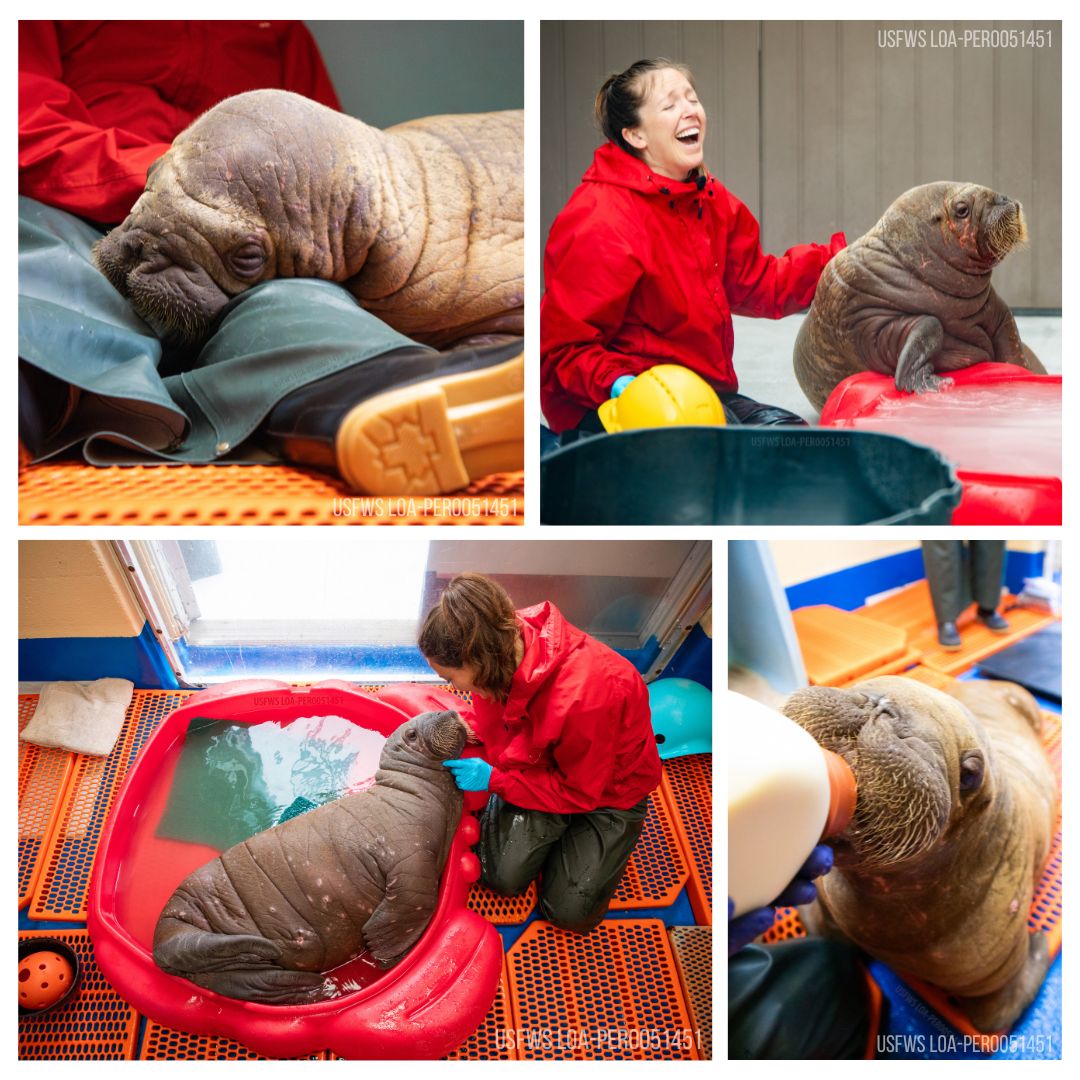 What’s Next for the Walrus Calf?
What’s Next for the Walrus Calf?
After weeks of intensive care, the walrus calf showed remarkable signs of improvement.
A nationwide group of walrus and marine mammal experts from AZA’s Marine Mammal Taxon Advisory Group (TAG) determined that SeaWorld Orlando was the best setting for the calf, officially named Ukiaq -“Uki” (pronounced oo-kee) for short. Her name, “Ukiaq,” translates to “autumn” in the language of the Iñupiaq people who live in the area of northern Alaska where she was first found. This consensus decision prioritized her social needs, ensuring she joins a diverse social group of walruses, including an adult female walrus who has experience with walrus calves and could be a potential surrogate mother for Uki.
She recently moved to her permanent home at SeaWorld Orlando, where she will continue to receive support as needed and ensure every opportunity to grow and recover.
ASLC Animal Care Specialist Halley and a veterinarian were with Uki for her entire journey to Orlando and stayed with her for a few days to make the transition as smooth as possible. Halley reported that Uki is settling in well and already loves her new pool and enrichment toys.
We are excited to see Uki continue to be an incredible ambassador for her species. The ASLC will continue to be involved with Uki’s journey and care, but the majority of her updates will come from her new caretakers at SeaWorld Orlando.
A Shared Commitment to Conservation
The efforts surrounding Uki underscore the importance of partnerships between marine conservation organizations. With each successful rescue and rehabilitation, institutions like Georgia Aquarium and the Alaska SeaLife Center move one step closer to securing a better future for marine wildlife.
Check out Georgia Aquarium’s ongoing efforts to protect marine wildlife on our Newsroom.
For the latest updates on Uki, follow SeaWorld Orlando on social.
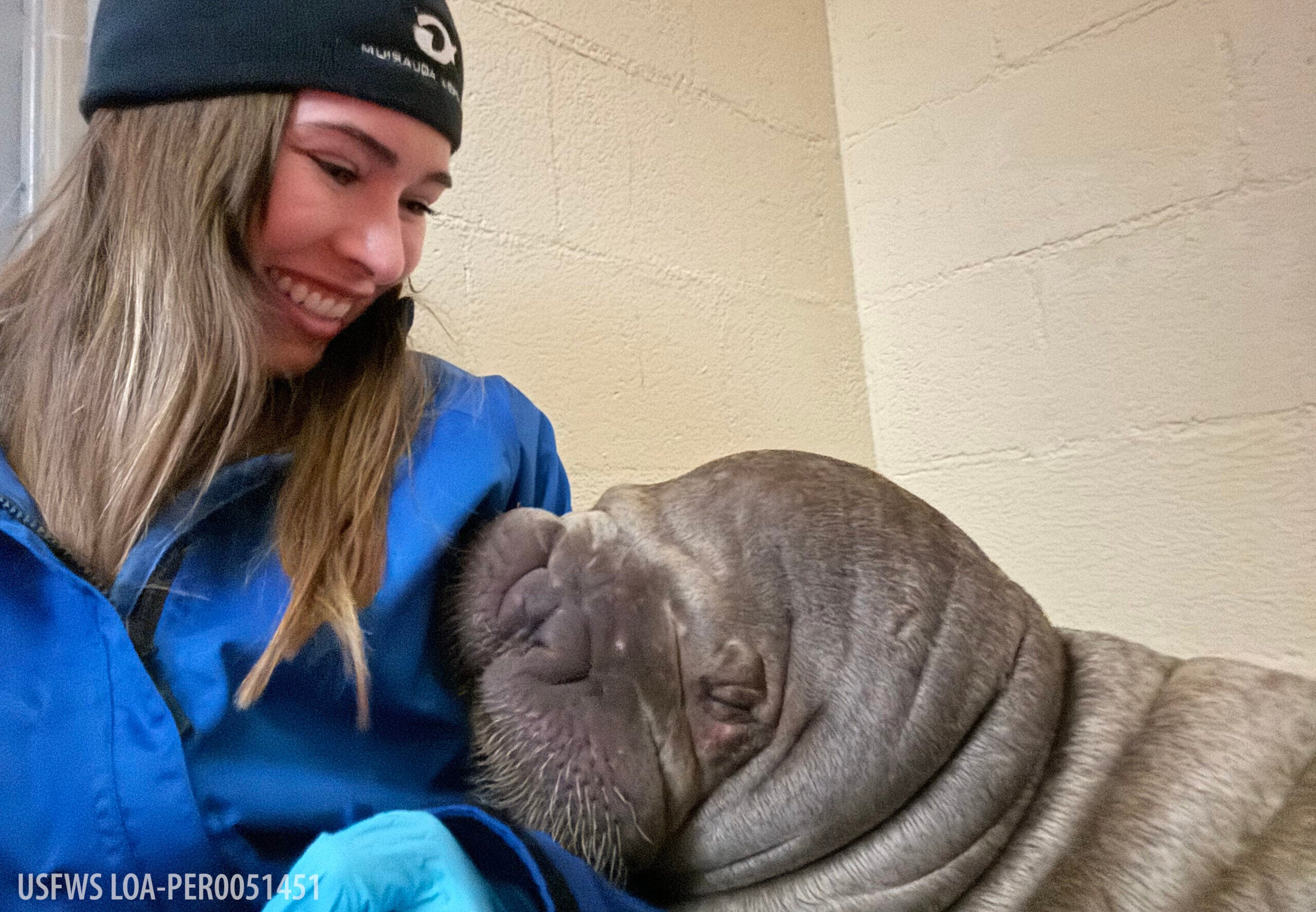
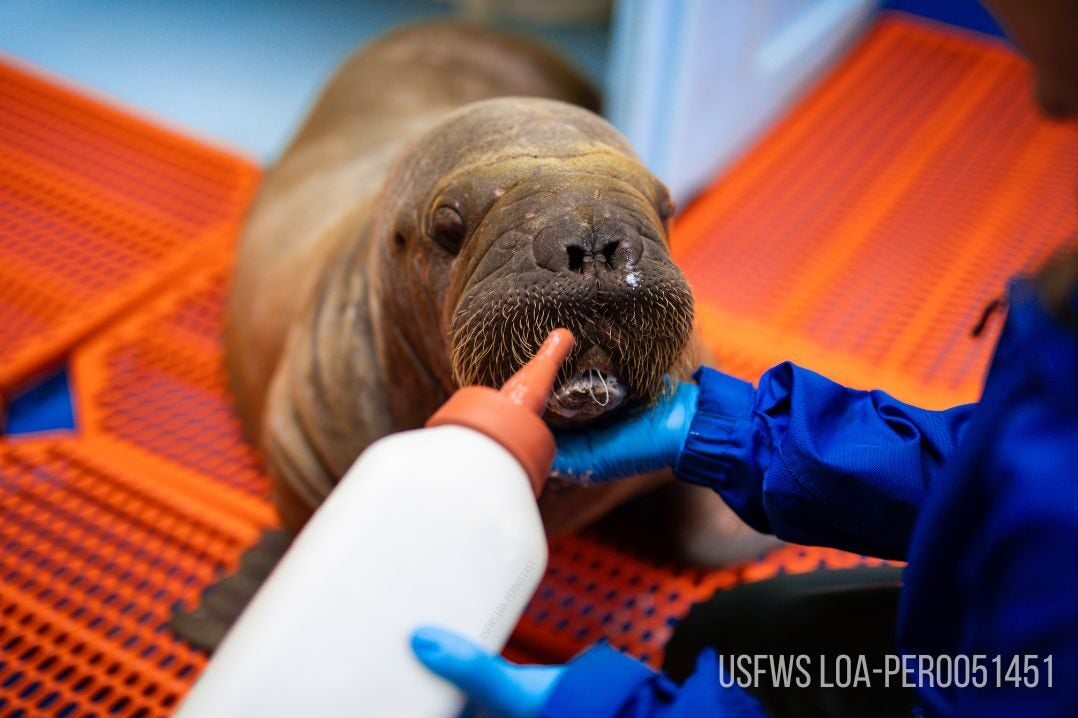
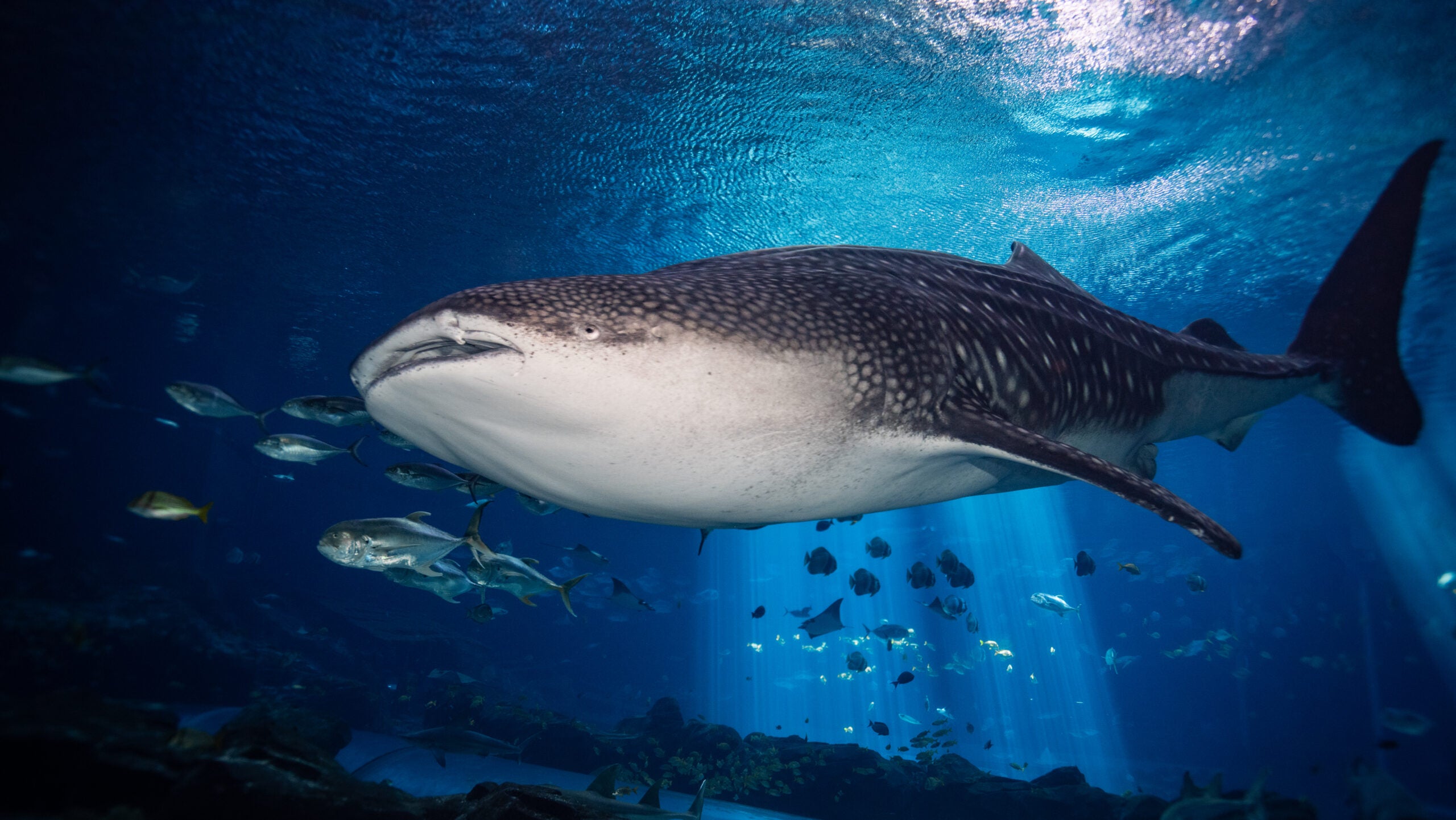 2. Record-Breaking Size
2. Record-Breaking Size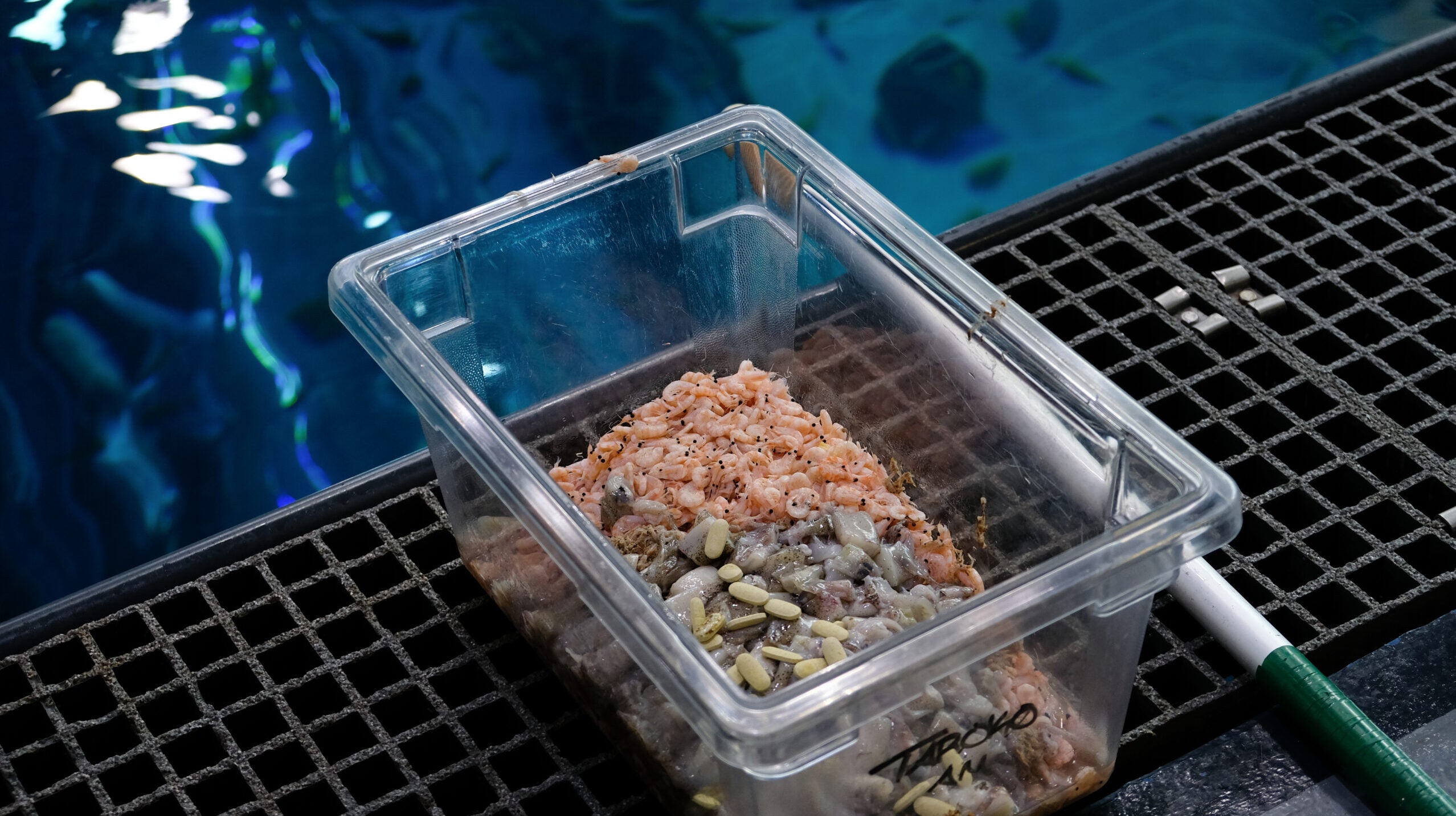 3. A Diet of Tiny Prey
3. A Diet of Tiny Prey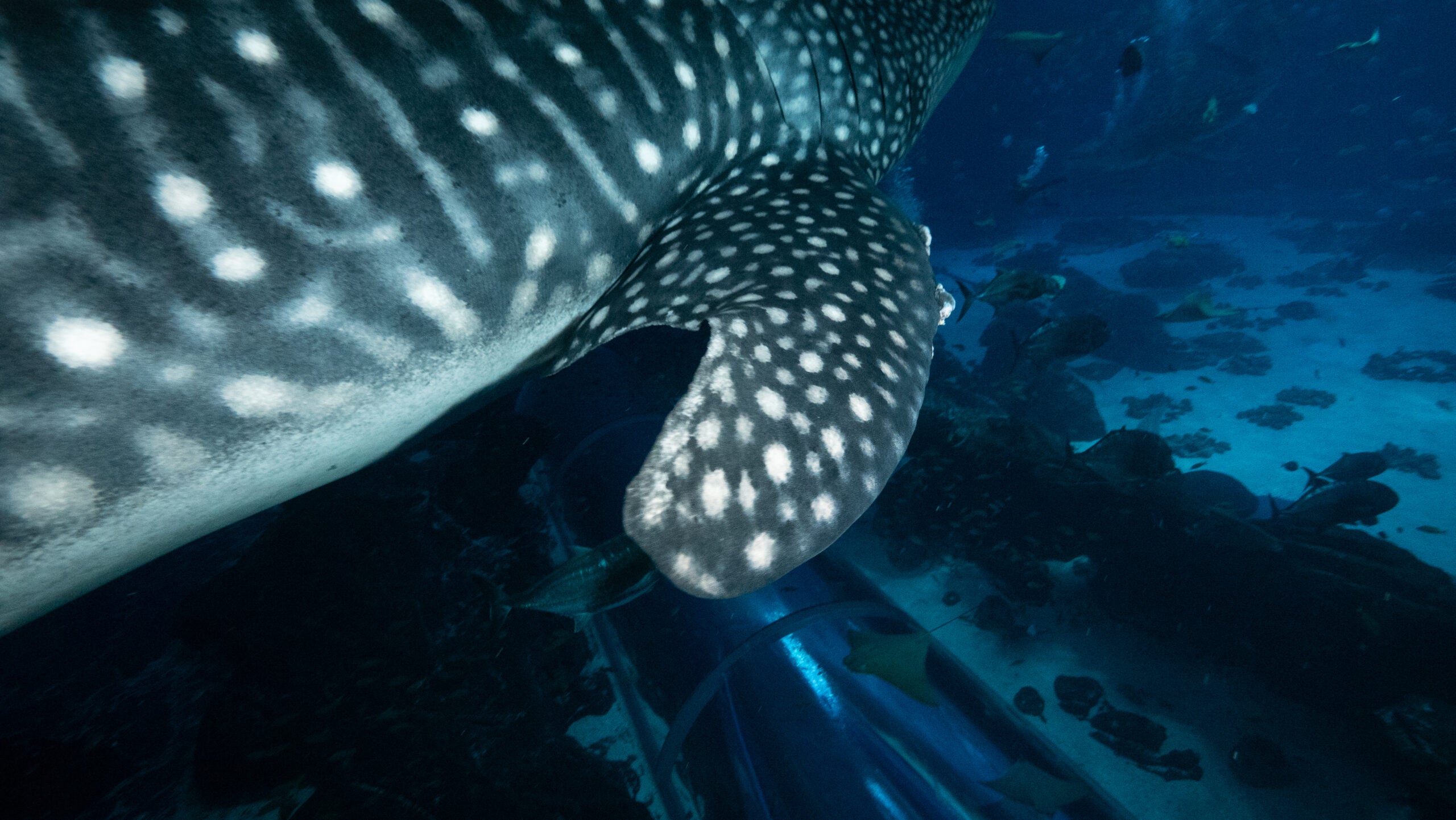 4. Unique Spot Patterns
4. Unique Spot Patterns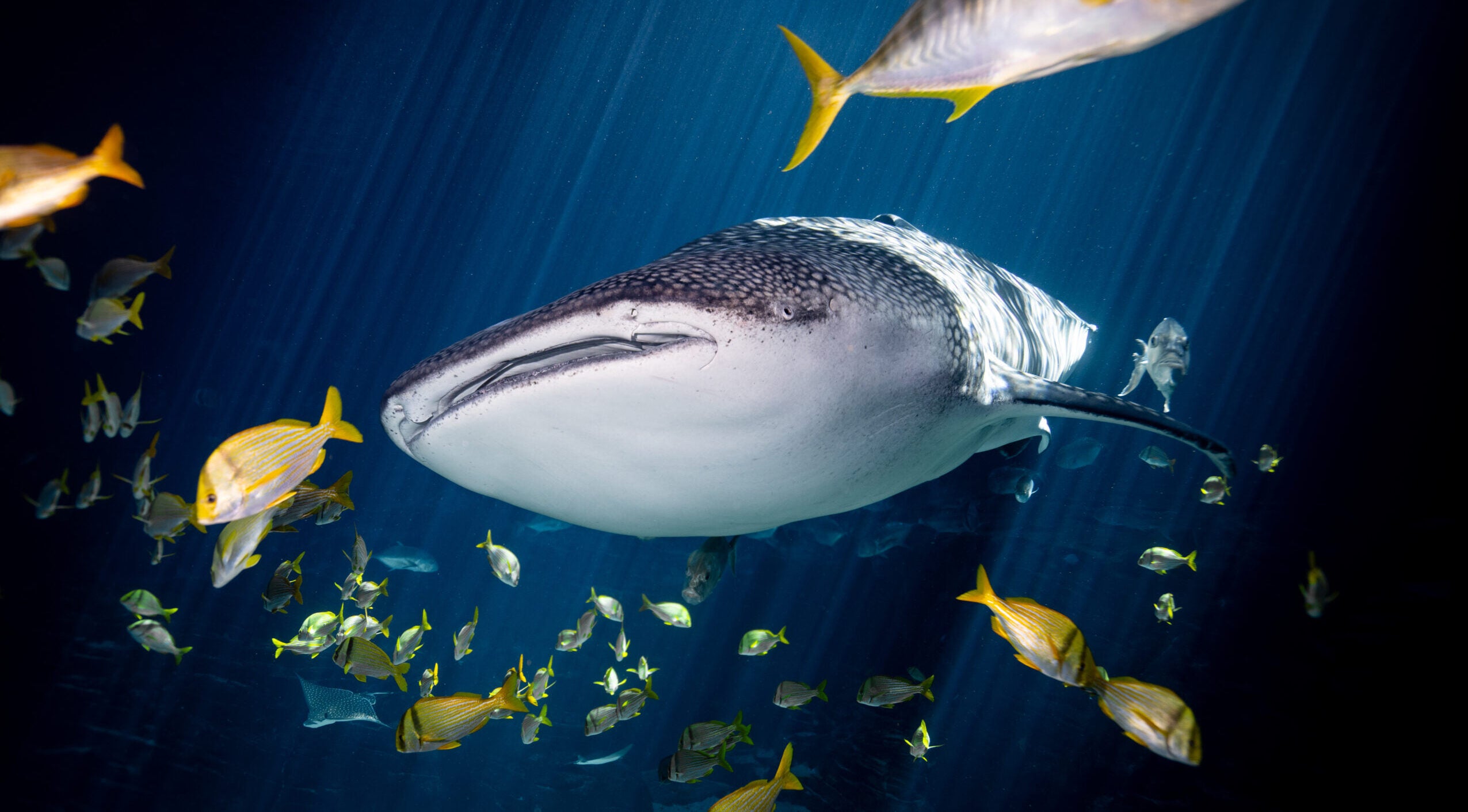 5. World-wide Whales
5. World-wide Whales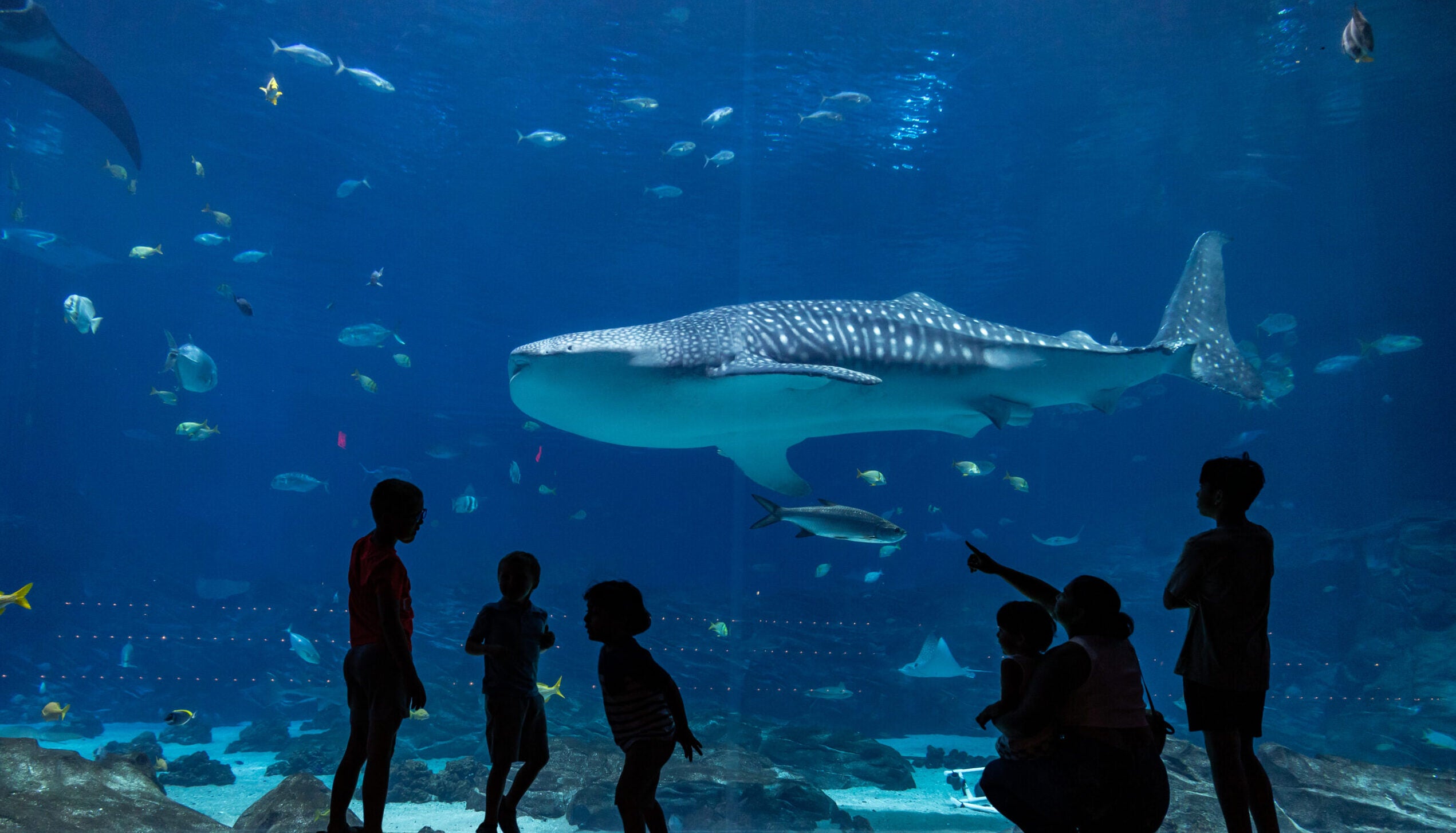 7. Georgia Aquarium’s Majestic Residents
7. Georgia Aquarium’s Majestic Residents